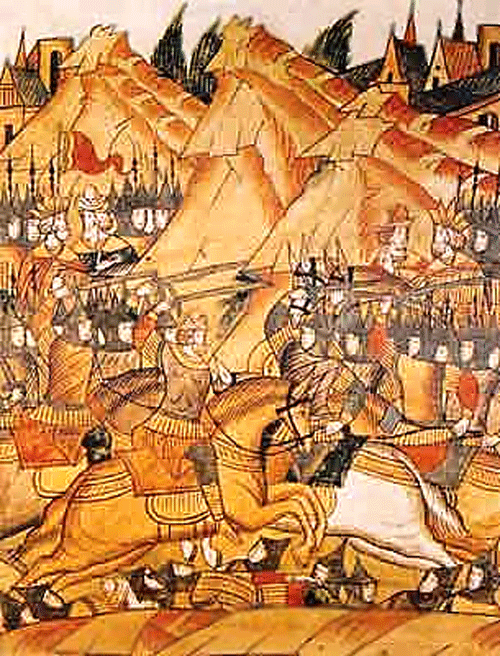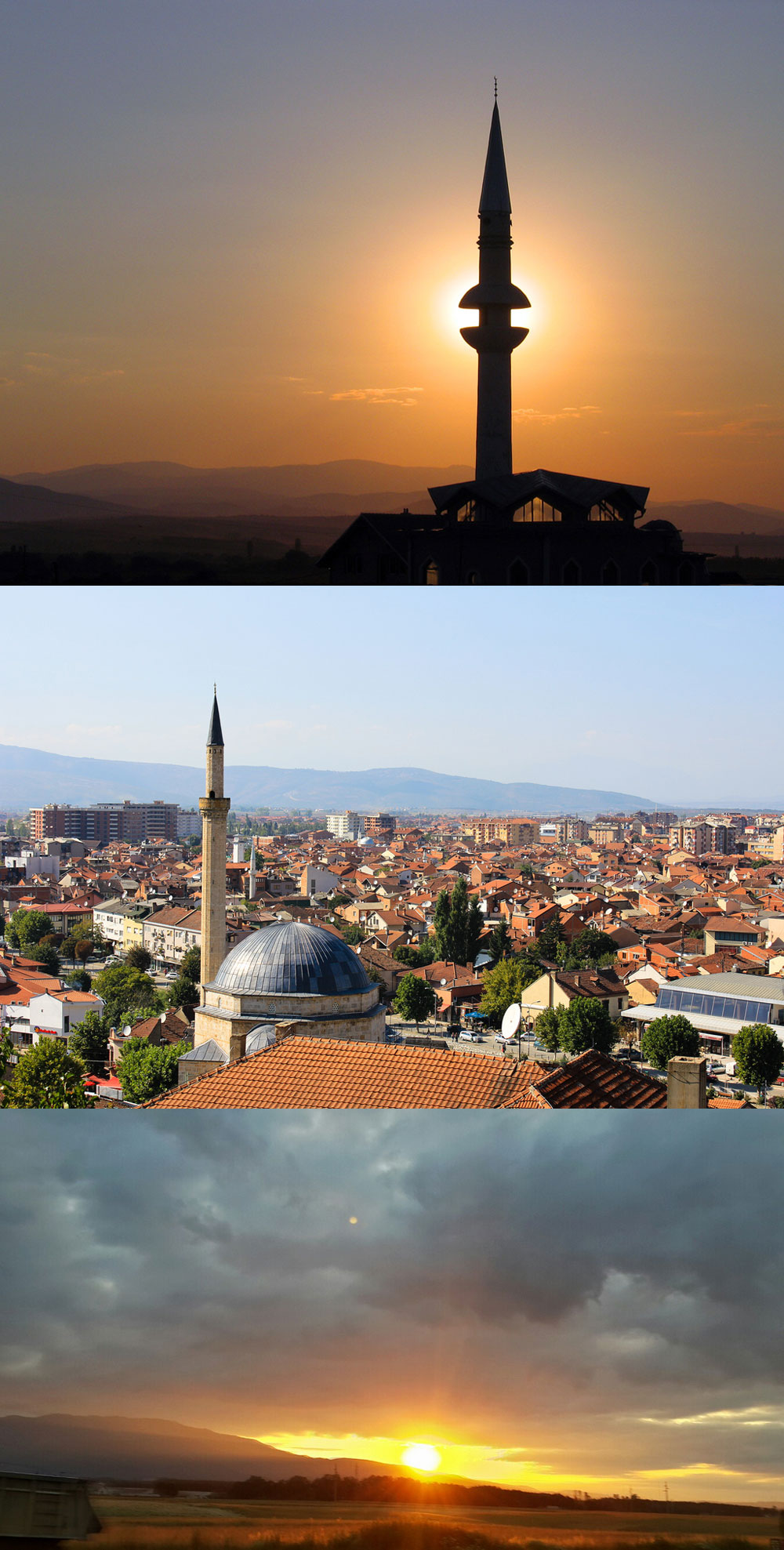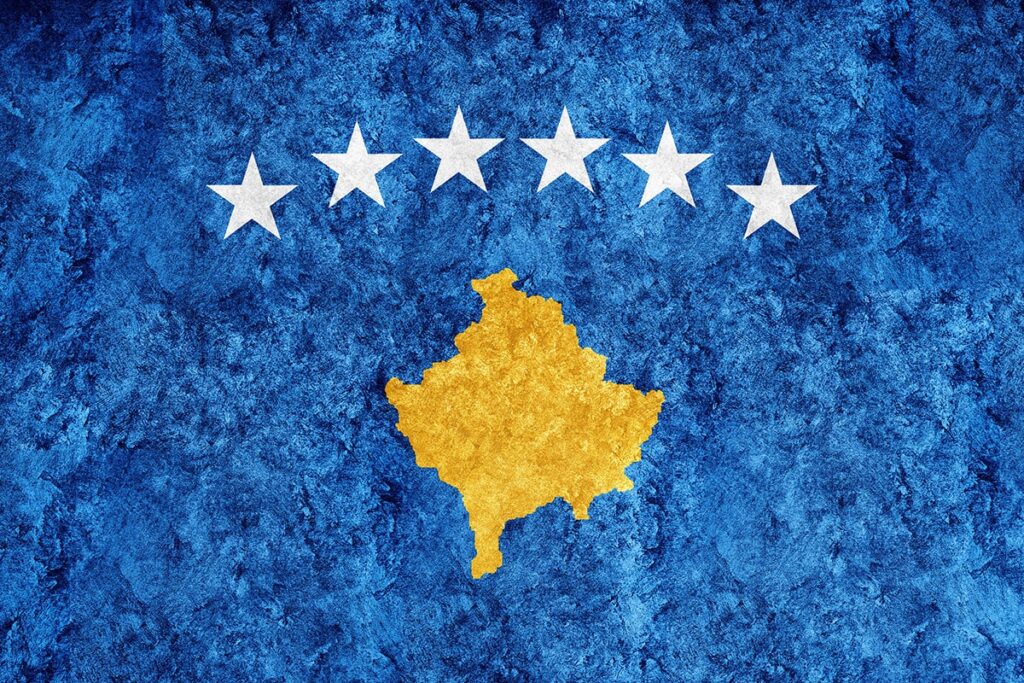1. Independence: Kosovo is part of the former Yugoslavia and only became an independent nation when its government declared independence from Serbia on February 17, 2008
2. International attitudes: When Kosovo first declared independence in 1990, Albania was the only country to recognize the declaration. With the 2008 declaration, the United States and several European countries recognized Kosovo’s independence, while Serbia, Russia and a few other countries condemned the declaration as illegal
3. Population composition: Around 90% of Kosovo’s approximately 2 million population are ethnic Albanians, who are primarily Muslims. The other 8% are Christian (Serbian Orthodox) Serbs who live in the northern part of Kosovo close to the Serbian border. The remaining 2% are a mix of foreigners of other origins
4. Early history: During antiquity, Kosovo was inhabited by various ethnic tribes that tended to join other local groups. In 160 BC, the area was conquered by the Romans. From the 400th century AD, it’s unclear what happened in the area, but around 850 AD it was absorbed by the First Bulgarian Empire. From then on, the Bulgarians ruled the area alternately with the Serbs until the end of the 12th century, when the Serbs definitively conquered the region
5. The Battle of Blackbird Plain: The famous ‘Battle of the Blackbird Plain’ in 1389 took place in Kosovo. Although the battle involved several peoples, it was primarily Serbs fighting against Turks (Ottomans). Both sides were probably supplemented by Albanians and Kosovo Albanians. The battle is often referred to today as the cradle of Serbian identity

Fact: The Battle of the Blackbird Plain in 1389 took place in the area now known as Kosovo. The battle is widely regarded as an event that shaped Serbian identity
6. 1455 – 1912: In the years 1455 – 1912, Kosovo was part of the Ottoman Empire. In 1912, during the 1st Balkan War, the Ottomans lost Kosovo to the Serbs
7. World War I: In the winter of 1915 – 1916 during World War I, the Serbs lost Kosovo to Bulgaria and Austria-Hungary. In 1918 Kosovo became part of the Kingdom of Yugoslavia, in 1922 Kosovo was split into 3 areas and in 1929 Kosovo was reunited again in the Kingdom of Yugoslavia.
8. World War II: During World War 2. During World War II, Kosovo was controlled by Albania, which was under Italian rule. The province of Kosovo began to take its current form in 1945
9. 1945 – 2008: The period from 1945 to the 1990s was characterized by tensions between ethnic groups and the resulting nationalism. The late 1990s saw the start of the Kosovo War, which was fought between Yugoslavia on one side and Kosovo Albanians with NATO support on the other. The war ended in June 1999 when Serbia surrendered. That same year, Kosovo came under UN administration. The years leading up to Kosovo’s independence (in 2008) were generally characterized by presidential changes, political unrest and occasional fighting between Serbs and ethnic Albanians
10. Present: The economic policies of the 1990s, international sanctions, limited access to trade and finance, and ethnic conflicts are all factors that have contributed to making Kosovo one of the poorest countries in contemporary Europe

The landscape of Kosovo is characterized by the surrounding mountains and the country’s location on an old, flat riverbed


